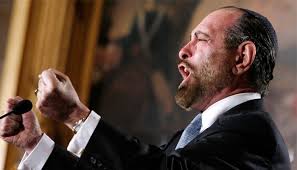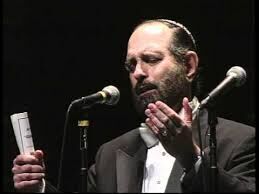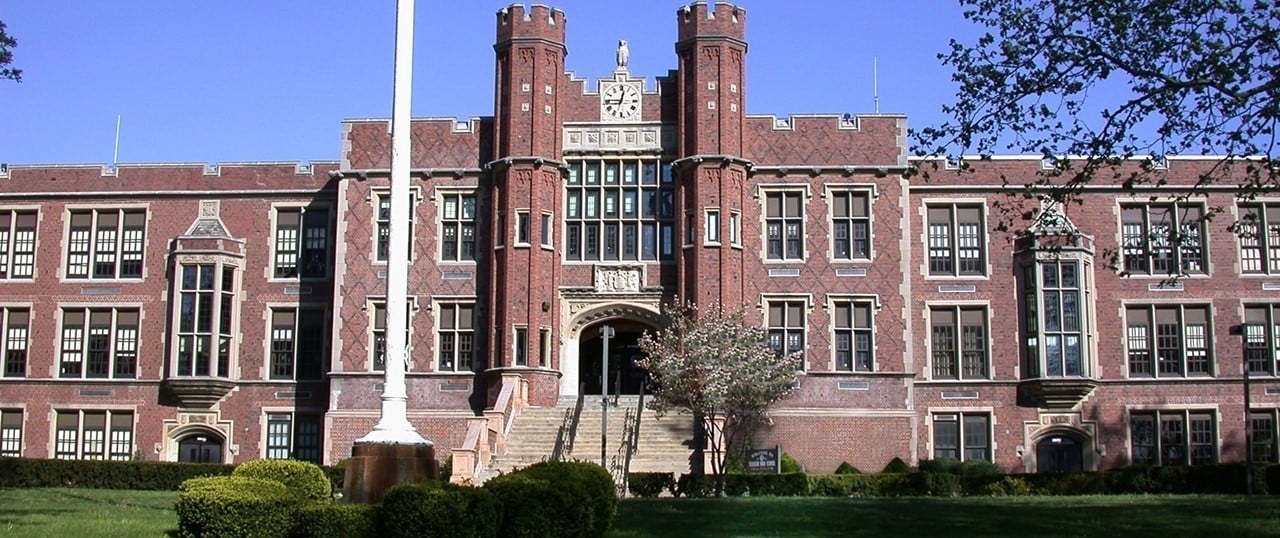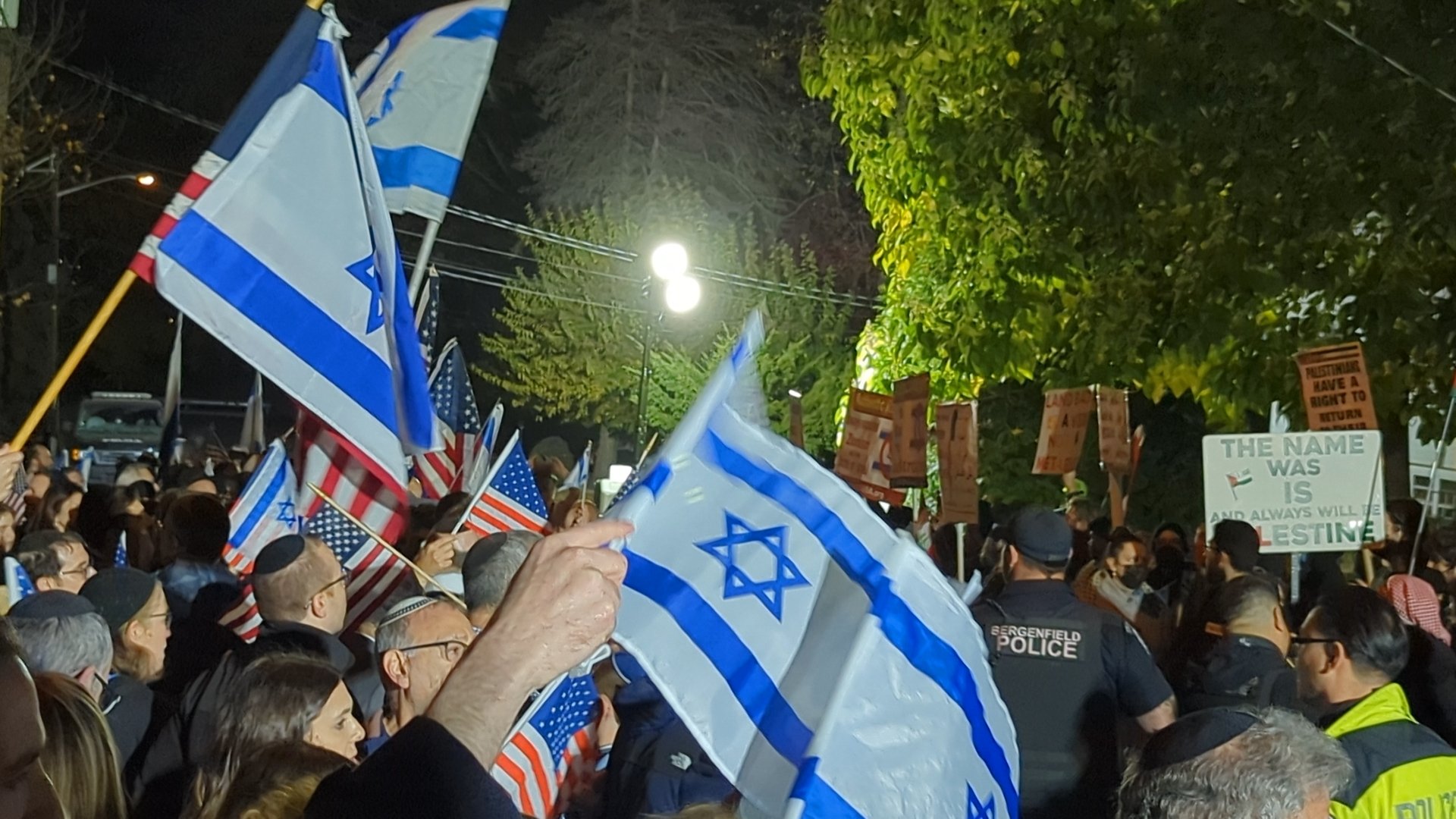
The Teaneck community will be honored with the presence and performance of Cantor Joseph Malovany, chazzan of the Fifth Avenue Synagogue for 43 years, at its pre-yomim noraim inspirational event. The program, co-sponsored by Congregation Keter Torah and the Orthodox Union, will be held on Sunday morning, September 18, at Keter Torah, and is intended to provide “ spiritual preparation for the yomim noraim,” according to Malovany.

Rabbi Shalom Baum, spiritual leader of Keter Torah, explained the motivation behind the event. “ I try to run programs at my shul for the people who will be leading our high holiday services to help them with preparation, both technical and spiritual. Cantor Malovany has helped us in the past and agreed to return when we decided to open this program to the community. We reached out to him because we know how seriously he takes leading the davening and how much and how well he prepares. We are very privileged to have such a great chazzan involved in this. Cantor Malovany is truly a great and humble man.”

“Howard Gruenspecht (Keter Torah’ s executive director), who is a great friend of Jewish liturgical music, contacted me,” stated Malovany. “ The OU is very keen on expanding the education of people in proper tefillah. He asked if I was willing to help do this. I am happy to do so.”
Baum noted, “The real catalyst was Howard Gruenspecht. He has a great love of Jewish music and he worked hard to organize this program.”
Cantor Chaim Dovid Berson, chazzan of The Jewish Center in Manhattan, described the program’ s impetus. “ In January the OU started the Nusach HaTefilah Initiative. I was hired to spearhead the program, which provides a platform on the OU website to teach proper nusach. In launching the initiative, we planned to expand from the website to offer programs such as this one to shuls and communities. I reached out to Howie (Gruenspecht), who is always a great supporter of these types of programs, partly because I knew he would be willing to help and also because Keter Torah has a reputation for doing programs like this. That they reached out to Cantor Malovany was a wonderful thing because he is an expert in the field and a wonderful teacher.”
Berson continued, “ Music has a very strong power of association. It is an integral part of our traditions. People today are so well educated and sophisticated, but there is a gap in their knowledge of how the music in davening is supposed to be done. It is important to do it the right way to keep our traditions alive. We are trying to make these resources accessible to everyone. The initiative is not just for professionals, but for all people because everyone at some point might lead davening.”
With an introduction by Baum, the event will begin at 8:45 a.m., following Shacharit davening, and is expected to last about an hour. It is open to men and women.
“I have sung and lectured a few times at Keter Torah,” said Malovany. “ It is a wonderful synagogue and it is a pleasure working with Rabbi Baum.”
Malovany plans to organize his remarks into three distinct, yet related, parts, all centering around high holiday liturgy, nigunim and nusachof the Rosh Hashanah and Yom Kippur prayers.
Malovany last spoke at Keter Torah several years ago, at which time he focused on the Rosh Hashanah davening. This time he plans to highlight the Kol Nidre service as well as the avodah as described in the machzor, in terms of proper melodies and nusach. He will not be speaking cantorially, but rather in terms of the tefillah and the way in which it should be expressed.
“The cantorial is the artistic development of the prayers,” said Malovany. “ I plan to focus on the nusach and melodies in terms of how it should be done.”
Malovany encourages attendees to bring recording devices, because he “ will not only say it, but I will demonstrate the singing of the liturgy. People can record on their machines and hopefully, because there are still a few weeks before the yomim noraim, they will have time to memorize it.”
After first discussing the specifics of the prayers’ nusach, and the goals of the shaliach tzibur during the yomim noraim, Malovany will share personal reflections about “ my closest friend in my life—other than my wife—Elie Wiesel,” and will share some of his memories of Wiesel’ s contributions to his own high holiday davening.
“We were very close. We talked three or four times a week. Even when he traveled, even when I traveled, we still spoke,” Malovany told The Jewish Link when discussing his decades-long relationship with Wiesel. “ Like my mother, Elie was from Sighet (now located in northwestern Romania). He sang in the choir there and shared his nigunim (tunes or melodies) with me. I sing his melodies every year on Rosh Hashanah and Yom Kippur.”
Malovany gladly shared the details of his first meeting with Wiesel. “ When I was coming to New York from England—where I was the cantor at the Edgware Synagogue—my late mother told me to look out for Elie, who was just beginning to become famous, because she had heard he was from Sighet. On my second visit to New York I called Elie and visited with him. We have been friends ever since. When Elie moved to the East side from the West side, he said to me, ‘ thank God I now have a shul with my own chazzan.’”
Wiesel’ s parents were Vizhnitz chasidim and he grew up with a traditional nusach. “ Elie always chanted Ohr Zarua Latzadik each year, and it transported us all back to Sighet. He was a very spiritual man. We spent a lot of time discussing tefillah and nusach and how we can encourage people to be better people,” Malovany added.
Malovany plans to sing and demonstrate some of the melodies he and Wiesel shared with the audience. He urges baalei tefillah and others who are interested to attend so they can learn the proper nusach for the yomim noraim.
Berson noted that although Wiesel is not often known for his connection to Jewish music, he was, in fact, another link to the history of Jewish liturgy.“ A few years ago the 92nd Street Y did a concert at which Elie Wiesel sang songs from his childhood in Europe. It was one of the most inspiring concerts of my life. He was almost transformed into someone else when he sang these songs and the audience felt his chassidishe roots. Some of his songs and tunes I knew, some I had never heard, but you could clearly see the power of music and the connections of the generations in the music. It just shows how things stay with a person no matter where they end up in life.”
The third part of Malovany’ s presentation will be suggesting musical selections for congregational singing during the high holidays. “ I will sing some melodies that people know and some that they may not know. I like melodies that are easy to grasp,” said Malovany, a 30-year veteran professor of liturgical music at the Belz School of Jewish Music at Yeshiva University.
Malovany concluded, “ This is so important. Tefillah is the closest thing to my heart. I love it. I believe in it. I try to instill it in my students and whoever wants to learn.”
Congregation Keter Torah is located at 600 Roemer Avenue in Teaneck. For more information, visit www.ketertorah.org.
For more information about the OU’s Nusach HaTefilah Initiative, or to find out how to bring these programs to particular communities and shuls, visit www.ou.org or email [email protected].
By Jill Kirsch











